Browse Primary Sources
Locate primary sources, including images, objects, media, and texts. Annotations by scholars contextualize sources.
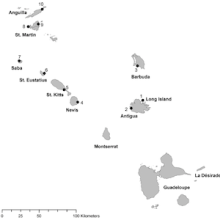
Tracing Canoe Pathways in the Lesser Antilles, 2000 BE - 400 BC
These maps show two constructed least cost pathways between Flinty Bay on Long Island just off the coast of Antigua (the right end of the line) and Jolly Beach on Antigua (the left end of the line). Flinty Bay served as a major source of flint for the Archaic Age (2000 - 400 BC) communities in the northern Lesser Antilles, the islands shown on the map.

Norma Rae: Depicting Women's Labor History through Film
In this still shot from the movie Norma Rae, two pretty and petite white actors represent southern mill hands. Norma, portrayed by the famous actress Sally Field, stands with her mother (Barbara Baxley).
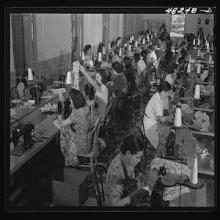
Puerto Rican Needleworkers in a Factory, San Juan, Puerto Rico, 1942
This government photograph provides an important contrast to the popular culture images of poor southern whites. During the 1940s and 1950s, U.S. government agencies hired photographers to travel the main island of Puerto Rico to capture the conditions of working people. This photo was taken at a “good factory” subsidized by the U.S. government to serve mainland manufacturers.
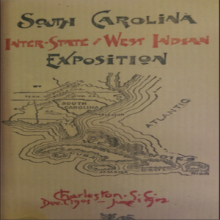
Brochure for the South Carolina Inter-State and West Indian Exposition / Charleston Exposition, 1901-1902
This is the cover for a pamphlet to promote the Charleston Exposition and recruit exhibitors and attendees from along the entire U.S. Atlantic, which ran from New England to Florida to Cuba and Puerto Rico. It is an effective visual representation of how cotton growers and textile and apparel producers envisioned the U.S.
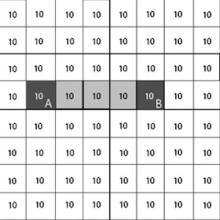
Least Cost Pathway Analysis Showing Movement Across a Landscape
These side by side charts show the basics of how least cost pathway analysis works in action. A geographic surface, landscape or seascape, is broken into standard size squares (or cells). These cells are then given a value based on an underlying factor in the geographic area, such as the slope of a hill calculated into a cost to climb up it, or the force and direction of a sea current.
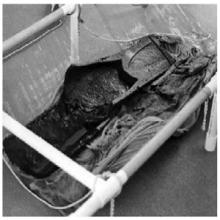
Remains of the Stargate Canoe
This image showcases one of the few remains of a canoe found in the Caribbean. The ‘Stargate’ canoe, found in a blue hole—a large marine cavern--on the island of South San Andros in the Bahamas, represents only the tip of the canoe. The image above shows the prow or stern of a canoe, similar to those found in Venezuela in the Upper Orinoco River basin.
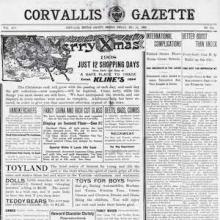
Britain pressures U.S. to revoke citizenship of Indian activist
The US press often carried news of diplomatic issues in its headlines. This included references to matters of citizenship. In the early twentieth century, national and local newspapers in the United States inquired whether Asian immigrants were White and therefore eligible to naturalize as US citizens. The Black press also raised similar questions.
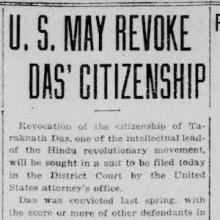
U.S. targets Indian activist, Taraknath Das
During World War I, U.S. and British officials expanded a transimperial surveillance apparatus designed to police enemy aliens and foreign threats. U.S.

2 Prints of a Sole Amerindian in a Canoe
These images of a man in a canoe come from the work of the Spanish official, historian, and botanist Gonzalo Fernandez de Oviedo (1478-1557), who created many images of Amerindians while he was in the Caribbean during the 1520s.
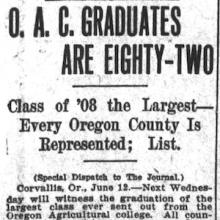
Rashid graduates from Oregon Agricultural college, 1908
Indian and other Asian immigrants attended land grant universities across the United States in the early twentieth century. These universities offered degrees in agriculture that were important to imperial subjects like Muhammad Abdul Rashid because of agriculture’s importance in the global economy.
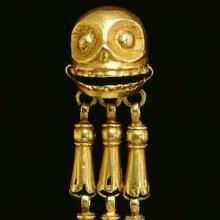
Aztec Skull Earring, 16th Century
Featured in this image is a pair of Skull Earring created by the Aztec. They were believed to have been created around the time of the Spanish conquest of the Aztec Empire beginning in the early 16th century.
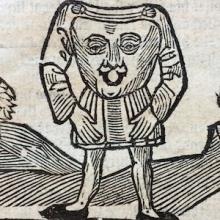
The Foreign Travels and Dangerous Voyages of Sir John Mandeville, 14th Century
This image shows a print from the 1568 version of the Voyages and travailes of Sir John Mandevile, knight. Sir John Mandeville’s Travels is believed to have been first published in the mid-14th century and rereleased many times in subsequent decades. It was reedited anonymously and released in 1725.

Marco Polo’s Travels
Macro Polo lived from 1254 to 1324. He spent twenty-four years journeying through the Asian continent and left behind an impressive amount of documentation including travelogues of his adventures. He recorded his travels in the manuscript is the Les voyages de Marco Polo de Venise (The Travels of Marco Polo).
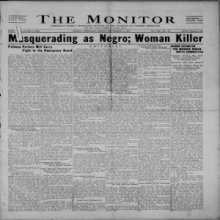
Newspaper Report on the Fourth Pan-African Congress Meeting in 1927
This article comes from The Monitor, a historically African American newspaper published in Omaha, Nebraska. The article offers readers insight into the fourth Pan-African Congress meeting held in 1927 in New York City.
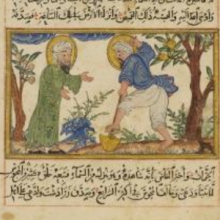
Travel writing of al-Biruni, 11th century Persian scholar
This image is taken from a page of al-Biruni work called Chronology of an Ancient Nations. al-Biruni was a native of Iran. He was a prolific Persian scholar. While he published works in a wide variety of subjects, the majority of those works were on the subject of astronomy. He was also a pioneer in the study of comparative religion.
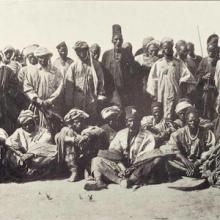
Photograph of "Principal Chiefs" from West Africa
The following is an image that appears in the on page 296 in the book Britain Across The Seas: Africa; A History And Description Of The British Empire In Africa published in 1910 and written by Harry Johnson. This particular photograph was taken by Capt. T.C. Hincks.
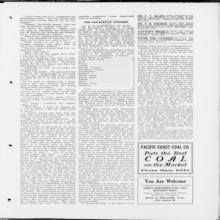
W.E.B. DuBois Details the 1919 Pan-African Congress in Newspaper Article
This article comes from Cayton’s Weekly, a historically Black newspaper published in Seattle, Washington. The article, written by W.E.B. Du Bois, offers readers insight into the 1919 Pan-African Congress held in Paris, France.
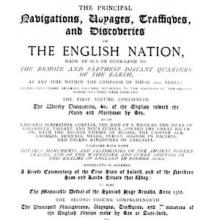
Hakluyt's The Principall Investigations
This is an image of the first page of The Principall Investigations by Richard Hakluyt. The book was originally published in 1589. This is a reprint from between 1885 and 1890. Hakluyt was born around 1552. Hakluyt developed an early interest in travel through interactions with older relatives. He studied at the Christ College of Oxford and gained a B.A. and M.A. in Geography.
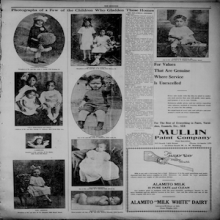
Newspaper Article Promoting the Pan-African Congress
This article appears in the August 4, 1921 edition of the Omaha, Nebraska based newspaper, The Monitor. The Monitor was an African American run newspaper and typically featured stories about African Americans. This article contains quotes from African American intellectual, writer, and activist W.E.B. Du Bois, an organizer and American delegate for the 1919 Pan-African Congress.
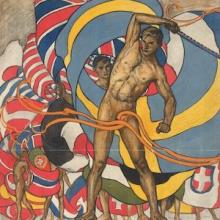
Olympic Games Poster, Stockholm, 1912.
This is an image of a poster advertising the 1912 Summer Olympic games held in Stockholm, Sweden. This particular poster was created by the artist Olle Hjortzberg as part of an advertising campaign.